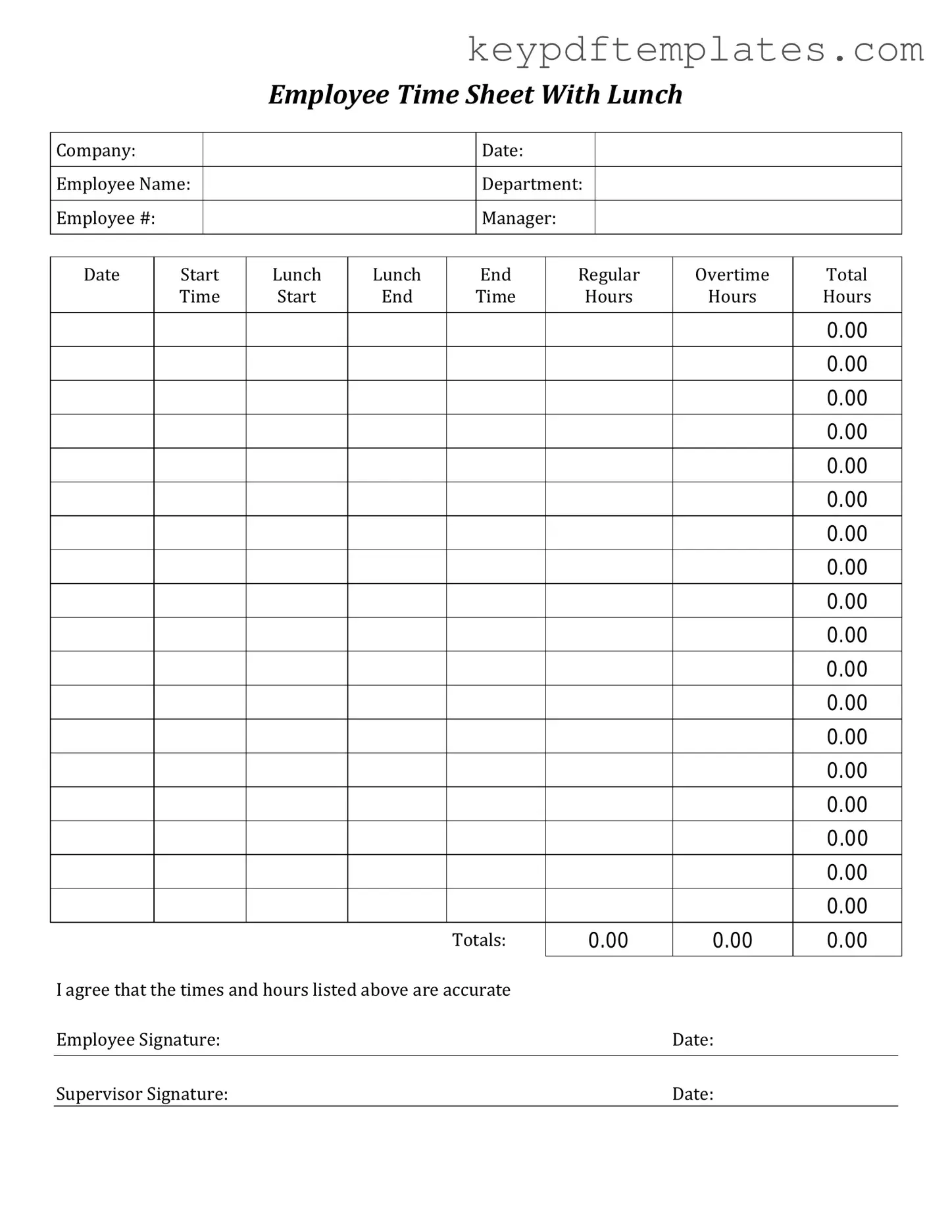Get Time Card Form
The Time Card form is a document used to track employee hours worked during a specific pay period. It helps employers ensure accurate payroll processing and maintain compliance with labor regulations. Understanding how to fill out and submit this form is essential for both employees and employers.
Modify Document Online
